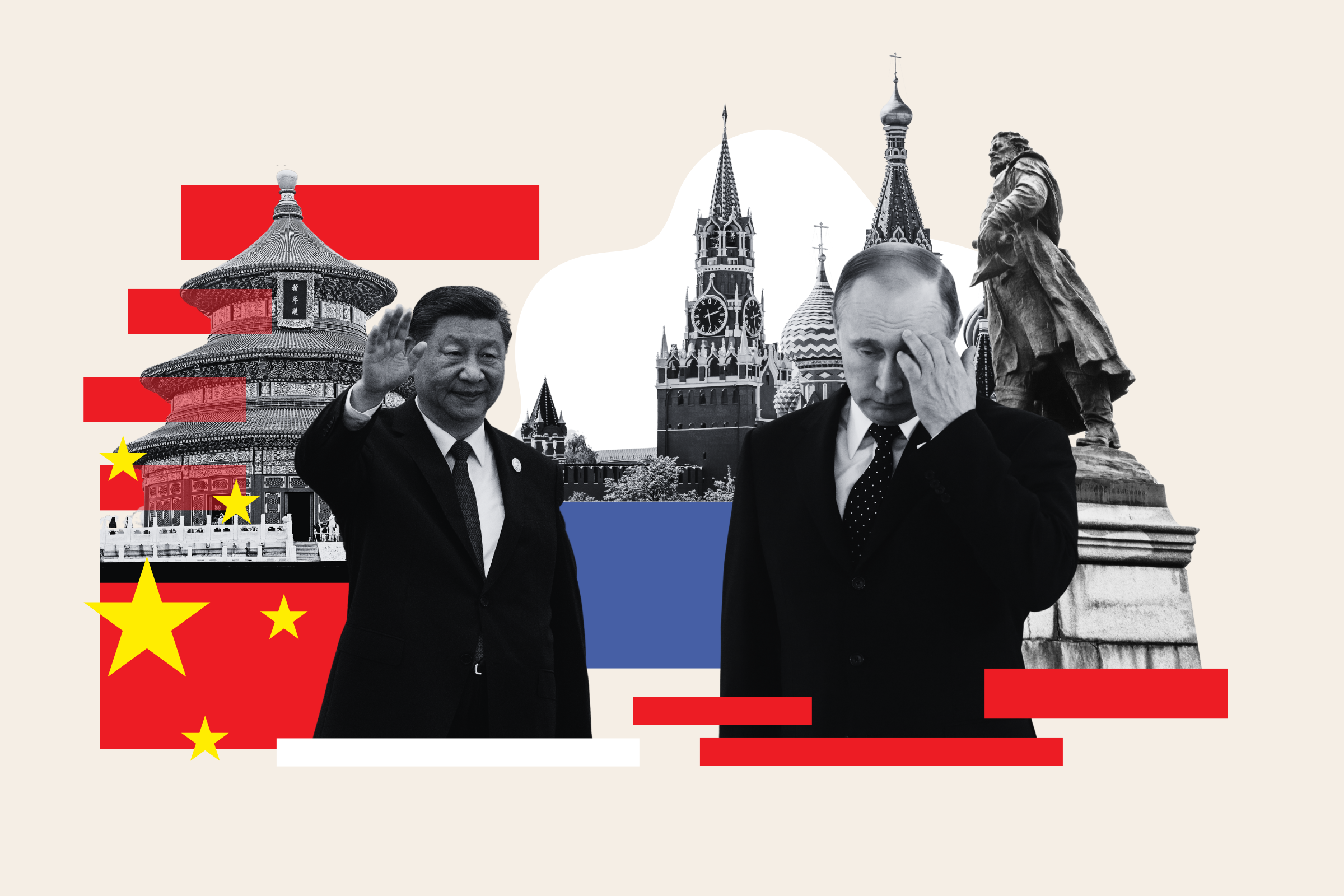Russia’s pivot to China has faced multiple setbacks this year as Chinese banks, wary of U.S. sanctions imposed over Vladimir Putin‘s invasion of Ukraine, are rejecting transactions, forcing Moscow to raise fees on yuan (RMB) transfers.
Heavily sanctioned Moscow has benefited from the world’s second-largest economy since the Ukraine war began, with bilateral trade rocketing up by 26 percent to a $240 billion high last year, and Russia becoming China’s top source of oil.
Last month, Russian media reported that some 98 percent of Chinese banks now reject RMB-denominated settlements. First major, and now also more local, Chinese banks have stepped up compliance with the Biden administration to shield themselves from the secondary sanctions. This limited ability to use RMB has caused a liquidity squeeze, which seems to have driven the recent fee hikes by Russian banks.
Russian companies doing business with China began facing additional hurdles this month, this time from domestic lenders.
Russian commercial bank Expobank JSC dramatically raised its fee for money transfers in RMB last week from 1.2 percent with a minimum 350 RMB ($49) fee to 6.5 percent, Russian financial news portal Frank Media reported on Monday.
Photo-illustration by Newsweek/Getty
The minimum commission was increased to 7,500 RMB, previously the maximum commission.
Russian lender Uralsib Bank is also set to hike its commission on transfers of RMB to 6.5 percent of the transferred amount on Friday. It will also raise its minimum transfer amount in the Chinese currency to 400 RMB, the bank said.
Meanwhile, Russia’s SDM Bank has hiked its commission for transfers in RMB to 6.2 percent.
“As it becomes more and more difficult to make payments in this currency, the cost is rising. Thus, the price increase is directly related to the lack of opportunities in the market, SDM Bank deputy chairman Vyacheslav Andryushkin told the news outlet. “For us directly, this translates into higher costs for transfers from our banks.”
Newsweek reached out to the Russian Finance Ministry and Chinese Foreign Ministry with written requests for comment.
Russian importers have also increasingly had to rely on intermediaries.
One possible workaround that could serve both countries would be a joint Chinese-Russian bank.
“The idea of a Russian-Chinese bank was discussed decades ago, but then it was not relevant, because the existing system worked rationally,” Alexey Maslov, director of Moscow State University’s Institute of Asian and African Countries, told state-owned news agency TASS.
The proposed bank is being “actively discussed by the media in China,” he said, while acknowledging the concept is at a very early stage. In theory, “branches of the same organization operate on the territory of Russia and China,” he said, adding that settlements would be hidden from third parties.
The inclusion of the Moscow Exchange (MOEX) on the U.S. Treasury’s Office of Foreign Assets Control’s sanctions list, restricted trading of dollar and dollar currency pairs, making the country further reliant on the yuan for international trade and currency reserves.
This also makes Russia’s economy more vulnerable to its neighbor’s monetary policy and exchange rate adjustments.
